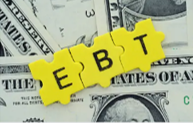
Food Stamps. Electronic Benefits Transfer (EBT). Supplemental Nutrition Assistance (SNAP). For many, it’s hard to know what to call the government funded program intended to help feed families these days. No matter what you call it, it appears to be a necessary program that instantly enrages those who have never used it, as well those who cannot survive without it. Why?
Here’s a few reasons.
Food Money
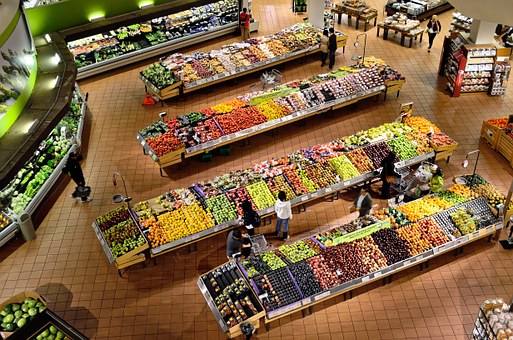
It’s Friday evening, and instead of cooking you decide to treat you and your family to a meal not made in your kitchen. You stop at the local store and pick up a take-and-bake pizza. You figure “it’s Friday and payday,” so you also get some wings from the cold deli. Finally, you grab a couple of two liter sodas and a bag cookies, and head to the register.
In front of you, is the lady who was picking up a meal similar to your’s. You pay limited attention until….
The cashier informs her the total after EBT will be $7.76.
Then it hits you.
This lady just wasted taxpayer money on junk!

How dare she spend your hard earned dollars on a frivolous meal?! Shouldn’t she be buying real food?! Where are her morals, and why is she even able to make such purchases?! She should be ashamed.
Unable to hide your frustration, you decide to vent to the cashier, when it is finally your turn at the counter. The two of you discuss how food stamps should only be used to purchase necessary items like fruits, vegetables, and milk. You share that during your last trip to the same store you saw another EBT customer purchasing steak and shrimp. The cashier replies, she isn’t surprised, as many of those customers get upwards of $500 per month. You both agree something should be done.
Or should it?
Money,Money, Money, Money
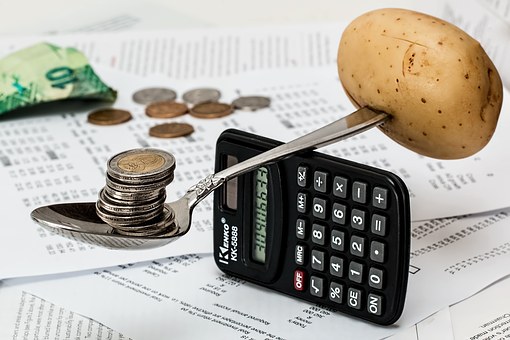
Lately, I have been receiving a ton of questions about money. They range from budgeting and planning to investing and starting a business. I absolutely love these questions. However, with me they always seem to go back to food and the expense of it.
The latter seems to always lead to a heated discussion about Food Stamps.
Food Stamps, now dubbed EBT or SNAP, are the result of an effort initiated by the Agricultural Adjustment Act (AAA) in 1933. Their purpose was to relieve struggling farmers of excess supply and redistribute the food to hunger relief agencies during the Great Depression (Snap to Health 2019).
Noble right?
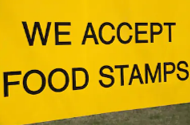
Over the years, the model altered and shifted. However, the goal always remained the same: to feed Americans in need while promoting the sale of farm goods produced in the United States of America (U.S.).
In other words, SNAP and agricultural subsidies (i.e. the things included in the U.S. Farm Bill) work hand-in-hand. The goal is to keep U.S. farmers employed and profitable, while keeping Americans fed. It’s the same reason previous administrations pushed for higher SNAP enrollment. With SNAP, more money would remain in the U.S. economy. An important feature in a global economy.
Sounds like a decent plan, until misconceptions come into play.
Mo’ Money, Mo’ Problems
Did you know every $5 spent using SNAP benefits stimulates approximately $9 in economic growth (Just Harvest 2019)?
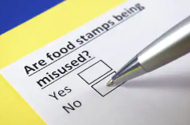
Despite this truth, folks receiving SNAP benefits are often seen as lazy, burdensome, and even thieving.
Why?
Perhaps it is because SNAP enrollment tends to increase during economic downturns, when work is less available ( Tiehen 2018). Maybe it is because two-thirds of SNAP recipients are senior citizens, persons with disabilities, or children (in other words folks who cannot work) (Just Harvest 2019) . Or maybe it is because many people do not realize just how common poverty truly is, assuming all people utilizing welfare programs appear a certain way.

1 in 7 Americans rely on SNAP benefits. They represent the mere 55% of our neighbors and friends who are food insecure and able to receive assistance.
Meanwhile, an additional 29% are ineligible for any type of government-funded food assistance.
Why don’t they just go get a job?
Maybe they can’t. Remember the two-thirds we talked about earlier? Add to that, low wages from large companies often push folks to need food assistance programs, thus creating a cyclical pattern of need (Just Harvest 2019) . Whatever their reason for need-based food assistance it isn’t fair for them to be burdened with misconceptions.
Miseducation
I am a firm believer that many misconceptions are the result of poor politics.

Whether you are a conservative or a liberal, you likely have heard both parties speak about food insecurity, employment rates, wages, and government assistance. You also are likely to have been mislead.
When it comes to poverty, it doesn’t matter which side you are on. The goal is to get out of it. Unfortunately, this is not always the view politicians take. Rather, in an effort to appear like the best candidate they tout financials and statistics. They argue policies that often either increase or decrease government spending. They also dispel many myths on why folks are in poverty, and how they should or should not be utilizing government assistance programs, such as SNAP. Whatever your political position, it is important to note certain things just won’t make sense as a solution, if there isn’t even a problem.

For example: A recent suggested “fix” to the SNAP program was to replace the current system, which allows SNAP recipients to choose their own foods, in exchange for a system that supposedly resembles Blue Apron or other meal subscription programs (Picchi 2018).
The benefits of this program were said to:
- decrease the amount of funds spent on junk foods like sodas and snacks by SNAP recipients
- decrease fraud
- reduce spending on the ever-growing program
- ensure recipients and their families were eating nutritious foods .
Sounds like a good plan, right?
Except, the reality is:
- SNAP spending and enrollment decrease steadily after an economic downturn passes
- Junk food spending in SNAP households is almost equal to non-SNAP households
- The fraud rate for SNAP is only about 1%
- The meal subscription option would rely on canned foods and shelf stable milk, and could not be customized by the recipients who may not even be able to eat the foods in their box (Picchi 2018)
- $133.85 is the average monthly per person SNAP benefit (that’s less than $1.50 per person, per meal) (Just Harvest 2019)
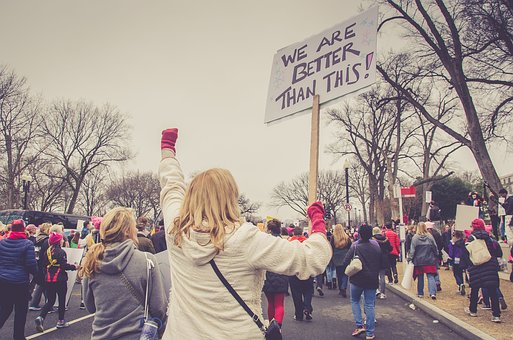
Sure, the plan sounds great if you assume all SNAP recipients are trying their hardest not to work in an effort to gain public assistance, selling their benefits for cash, and consuming mostly junk food, however, that just isn’t the case.
The trouble with Food Stamps is not that it is misused, malnutritious, and costly. It is that the person who has never used it, and is only presented with one part of the story, has no way of making an informed opinion about the subject or its recipients. Additionally, it is a system used to help subsidize U.S. foodstuffs, of which vegetable and fruit production trail far behind grains, such as corn and wheat (AGAmerica 2017).
Why should we care?
Because….
Viable Food = Viable Citizens

One of my favorite movie moments is the scene in The Blind Side, where Sean Tuohy pays for Michael Oher’s lunch account, stating “it’s a lot easier to pay attention when your stomach’s not growling.” The reason….because it’s true.
Chronic hunger results in a child’s inability to perform inside the classroom and to reach important developmental milestones (Howell 2017). If continued, this could result in an adult who is unable to work or take care of themselves. Thus, this person will potentially have to depend on government and non-profit assistance programs to survive; the very thing folks are against. With SNAP, this problem is typically eliminated, and results in more viable citizens, who only need to use the program for a limited time (Just Harvest 2019).

Isn’t that the goal?
Share your opinion in the comments below about your experience or stance on the SNAP program.